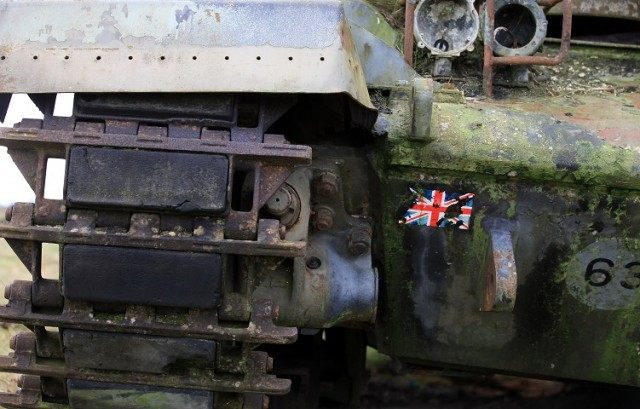The Ministry of Defence (MOD) has spent at least £105 million on green projects in the four years since 2011, a period of significant military cutbacks in personnel and equipment.
The figures have come to light as the Ministry released its annual ‘Sustainable MOD‘ report, chronicling the hard battles fought by the nation’s armed forces against enemies of the realm: greenhouse gas and waste paper (down to just 506,318,500 sheets of A4 used in 2014!). Celebrating great victories in recycling, reducing water usage, and reducing carbon emissions, the report repeatedly refers to the military as a “business” that is “greening” itself.
One such target that the MOD has succeeded in hitting is the reduction in fossil fuel usage, down 26 per cent from 1.2 billion litres a year in 2009 to 928 million litres in 2014. While green-minded civil servants in Whitehall celebrate this news, it may have more to do with the significant run-down in military capability that has occurred over the same time frame, from reducing the number of main battle tanks in the British Army by 40 per cent, to the retirement of a large number of major warships and aircraft, and the withdrawal from Afghanistan.
Of course, scrapped Challenger tanks and aircraft carriers burn no fuel. The MOD report also notes a similar reduction in overall greenhouse gas emissions over that period, but concedes the savings are unlikely to be repeated again in future. The combined 316,800 horsepower engines fitted to the two new aircraft carriers expected to come into service over the next few years are likely to put paid to that aspiration.
Managing energy across the defence estate and “working with industry partners”, the MOD spent £105,000,000 on an “award winning ‘Energy Spend to Save Programme’ across 223 UK and Overseas sites”. The money went towards “energy pledges” across the forces, and reminders not to leave non-essential equipment running when not needed.
The government embarked on eight-per-cent cuts in the Ministry of Defence budget in 2010 after the Strategic Defence Spending Review, a document that sounded the death knell for Britain’s em reconnaissance aircraft, carrier-based jump-jet fighters, over 20,000 personnel, HMS Illustrious, and the bulk of the destroyer force.
The new Conservative government is now embarking on a new round of spending reviews for this parliament, deciding on the future of regiments, ships, and squadrons as budgets demand. Breitbart London reported this week that by the end of the decade the process of retiring equipment before replacements had time to be built would leave the Royal Air Force as its smallest ever force size by 2019, with just 127 fighter jets predicted to be in service.
Follow Oliver Lane on Twitter: Follow @Oliver_Lane or e-mail to: olane@breitbart.com

COMMENTS
Please let us know if you're having issues with commenting.